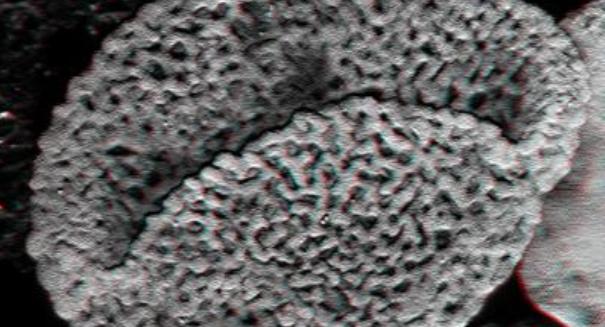
Several studies have tried to estimate the age of flowering plants utilizing molecular data, but have failed to arrive at a consensus.
Researchers from the University of Zurich contend that flowering plants may have evolved 100 million years earlier than thought.
According to a news release from the university, flowering plants evolved from ancient plants related to conifers, ginkgos, cycads and seed ferns. The oldest known fossils from flowering plants are pollen grains, which are small, strong and abundant and thus fossilize more easily than leaves and flowers.
According to researchers, an uninterrupted sequence of fossilized pollen from flowers begins in the Early Cretaceous, approximately 140 million years ago, and it is generally believed that flowering plants first evolved around that time. However, new evidence reveals flowering plant-like pollen that is 100 million years older, implying that flowering plants may have developed in the Early Triassic or earlier.
Several studies have tried to estimate the age of flowering plants utilizing molecular data, but have failed to arrive at a consensus. Based on dataset and method, these estimates range from the Triassic to the Cretaceous. Arriving at a consensus is made more difficult by the fact that molecular estimates typically must be based on fossil proof, but extremely old fossils were not available for flowering plants.
“That is why the present finding of flower-like pollen from the Triassic is significant,” noted Peter Hochuli of the University of Zurich.
Hochuli and Susanne Feist-Burkhardt of the Paleontological Institute and Museum analyzed two drilling cores from Weiach and Leuggern in northern Switzerland and found pollen grains that appear similar to fossil pollen from the earliest known flowering plants. Turning to Confocal Laser Scanning Microscopy, they obtained high-resolution images across three dimensions of six different types of grain.
In research from 2004, the researchers discussed varying, but related flowering-plant-like pollen from the Middle Triassic in cores from the Barents Sea. The samples from their latest study were found 3,000 kilometers south of the first site.
“We believe that even highly cautious scientists will now be convinced that flowering plants evolved long before the Cretaceous,” Hochuli said.
Leave a Reply